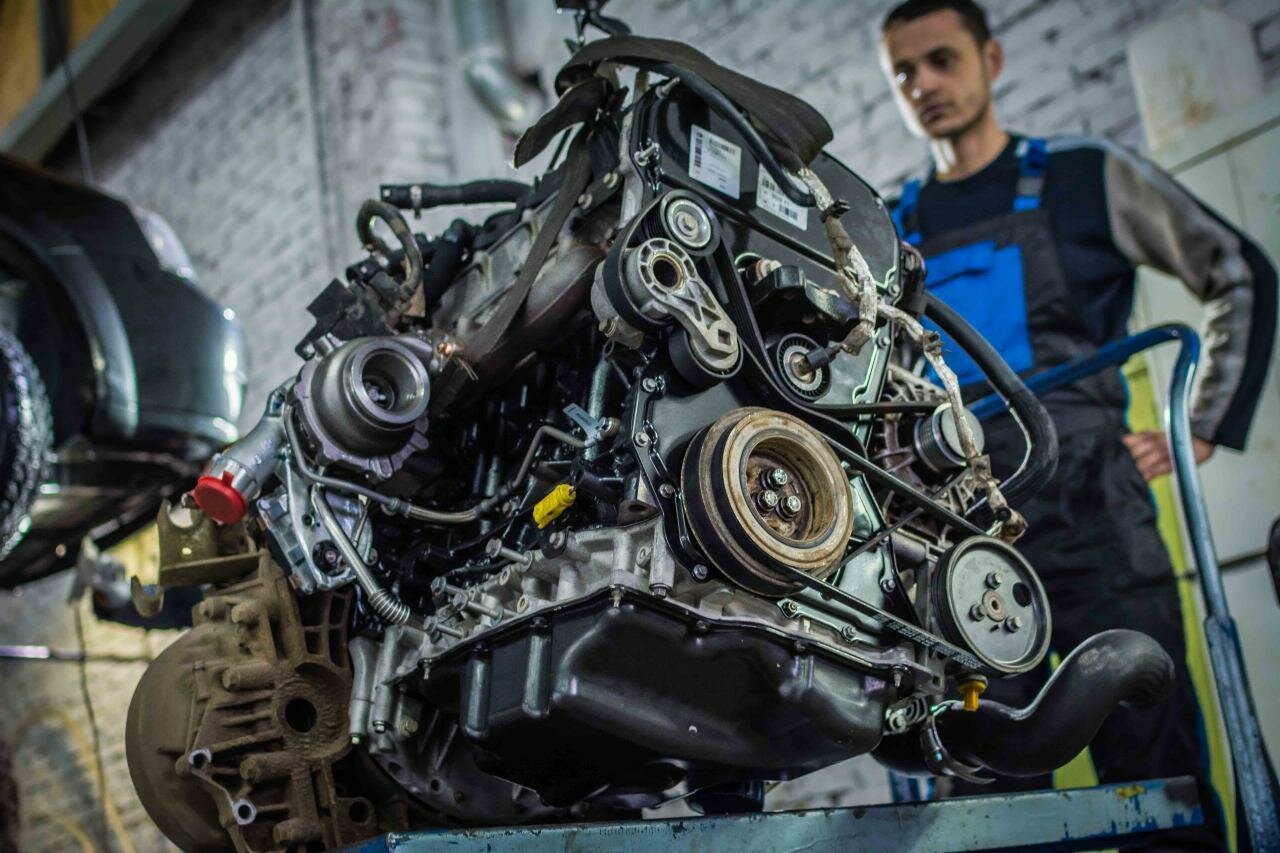Kia Sorento V6 Engine Overview
A Brief History
The Kia Sorento has been a staple in the midsize SUV market since its debut in 2002. Initially launched as a rugged SUV, it has evolved through several generations to become a more refined and family-friendly vehicle. The Sorento’s V6 engine option has been a popular choice among consumers seeking a balance of power and efficiency. Over the years, Kia has made significant strides in improving engine performance, fuel economy, and overall reliability. However, as with any vehicle, the Sorento’s V6 engine has not been without its share of problems.
The V6 engine, particularly in the later models, was designed to provide a robust driving experience, making it suitable for both urban commuting and off-road adventures. Despite its strengths, numerous owners have reported various issues that can affect performance and longevity. These problems range from minor inconveniences to more serious mechanical failures, leading to concerns about the engine’s reliability.
As the Sorento continues to compete in a crowded market, understanding the common issues associated with its V6 engine is crucial for potential buyers and current owners alike. This article will delve into the specific problems that have been reported, offering a straightforward look at what you might encounter with the Kia Sorento V6 engine.
Kia Sorento V6 Engine Issues: What You Need to Know
Common Problems Reported
The Kia Sorento’s V6 engine has garnered attention for both its performance and the issues that some owners have faced. While many drivers enjoy a smooth and powerful ride, others have encountered significant problems that can impact their driving experience. Here are some of the most frequently reported issues:
- Engine Knocking Sounds: A common complaint among Sorento owners is the presence of knocking or tapping sounds coming from the engine. This can be indicative of internal wear or insufficient lubrication.
- Oil Consumption: Many drivers have reported excessive oil consumption, leading to the need for frequent oil top-ups. This can be a sign of worn piston rings or valve seals.
- Check Engine Light: The check engine light can illuminate for various reasons, including issues with the V6 engine’s sensors or fuel system. Ignoring this warning can lead to more severe problems.
- Overheating: Some Sorento owners have experienced engine overheating, which can result from a malfunctioning thermostat, water pump failure, or coolant leaks.
- Transmission Problems: While not directly related to the engine, transmission issues can affect the overall performance of the V6 engine. Slipping gears or delayed shifting can be a concern.
Specific Engine Failures
In addition to the common problems listed above, there are specific failures that have been documented among Kia Sorento V6 engines. These can lead to costly repairs and should be taken seriously.
- Timing Chain Issues: Some models have reported problems with the timing chain, which can lead to catastrophic engine failure if not addressed promptly.
- Fuel Injector Failures: Faulty fuel injectors can cause poor engine performance, reduced fuel efficiency, and increased emissions.
- Head Gasket Leaks: A leaking head gasket can lead to coolant mixing with engine oil, resulting in severe engine damage if not repaired quickly.
Symptoms and Consequences
Understanding the symptoms associated with these problems can help owners take proactive measures. Below is a table summarizing the key symptoms and their potential consequences:
| Symptom | Possible Consequence |
|---|---|
| Knocking sounds from the engine | Potential internal damage |
| Excessive oil consumption | Engine wear and tear |
| Check engine light illuminated | Underlying engine issues |
| Engine overheating | Severe engine damage |
| Transmission slipping | Compromised engine performance |
| Timing chain noise | Risk of engine failure |
| Poor acceleration | Fuel injector failure |
| Coolant in oil | Head gasket failure |
Top views |
|
|---|---|
 |
Oil, Timing Chains, Pistons: What Really Kills an Engine Prematurely? |
 |
How to Choose a Car with a Reliable Engine: Used Car Market Hacks That Actually Work |
Conclusion
The Kia Sorento’s V6 engine has its strengths, but potential buyers and current owners should be aware of the common problems that can arise. Regular maintenance and prompt attention to symptoms can mitigate some risks, but understanding these issues is crucial for long-term satisfaction with the vehicle.




0 Comments